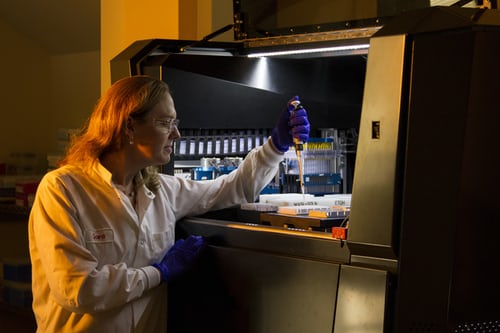Science, as we know it today, is the result of a series of discoveries and its protagonists have a way of carrying out their studies.
Today, different fields of research use the so-called “scientific method”, a way of researching and producing knowledge, which is governed by a protocol that aims to obtain reliable results by following certain steps, with rigor and objectivity.
So I propose to know what the scientific method is and what the steps of the scientific method are.
Birth and development of the scientific method
While the first statements of what would be the scientific method come from Aristotle, it was developed over the centuries, and in the seventeenth century, Francis Bacon contributed to apply mathematics to the study of any science, adding meticulousness and verifiable results.
Rene Descartes, also in the seventeenth century, made important contributions on the side of philosophy and established the framework of what is today the scientific method, which sought to deliver undoubted evidence within the results of a study, through the use of doubts.
Nothing could be taken for granted that had a rational doubt. The method should be used to prove genuine knowledge and how to identify it.
It is necessary to understand that in those times science and religion used to go hand in hand and, when separating them, it was sought to reach a pure science. The scientific method we know now continued to develop over the centuries and its correct use determines the validity of a study.
Steps of the scientific method
The scientific method is composed of several steps that must be followed in order and complete rigor. These are:
- Observation: Research or previous collection of data related to the topic to be investigated, which are analyzed and organized, in order to offer reliable information that leads to the next step.
- Proposition: Establish the question you want to solve or what you want to study.
- Hypothesis: The possible solution or answer that we want to verify and based on an assumption based on research. It may or may not be true and, through the following steps, it tries to demonstrate its possible validity.
- Verification and experimentation: It is about testing or discarding the hypothesis through the experimentation or application of valid and objective research.
- Demonstration or refutation of the hypothesis: It is analyzed if this is correct or incorrect, based on the data obtained during the verification.
- Conclusions: The reasons for the results are indicated, stating the theories that may arise from them and the scientific knowledge that was generated through the correct application of the method.
The scientific method is used in almost any area, from physics to chemistry and biology, through mathematics, philosophy, anthropology and sociology, among others.
Thanks to the scientific method and its rigor, the results of studies gain credibility, building knowledge and making possible new scientific discoveries for the benefit of all humanity.



